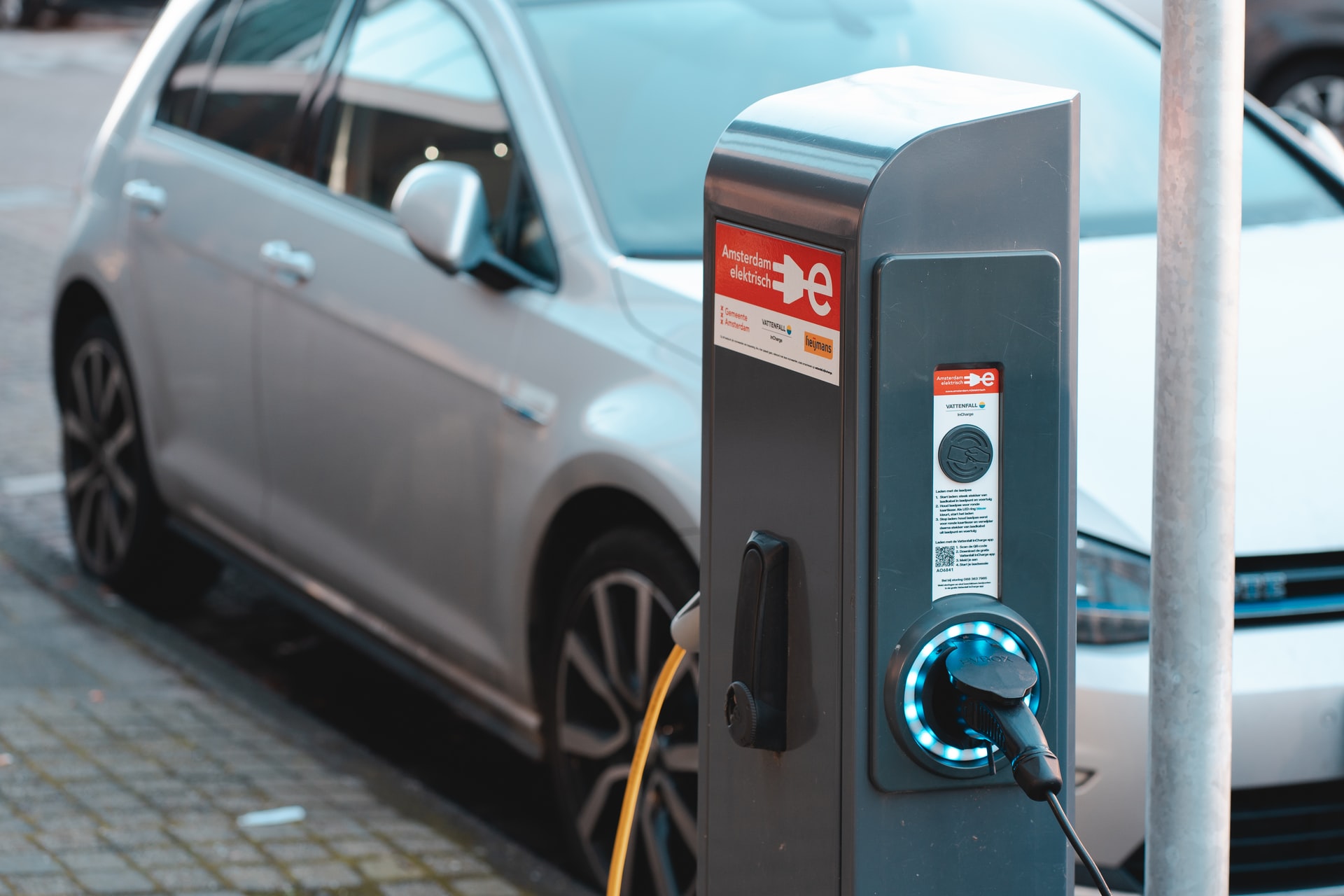Electric cars, it seems, are the future. In a few decades time, the days of calling up a lemon law lawyer for a free consultation because you bought an old, gas-powered rust bucket will be long gone. Instead, you’ll be calling them up for your electric or hybrid vehicle instead!
In all seriousness, though, electric cars are a marvel of modern engineering, and for the curious among us, the question of “how are they made” runs through the mind often. Well, it’s time to satisfy that curiosity today. Read on, and we’ll cover the basics of electric car manufacture.
Electric Cars In A Nutshell
When we’re talking about electric vehicles, we’re talking about cars that rely solely on battery power in order to run. That battery powers the electric motor, which in turn moves the vehicle’s wheels. Recharging can take place through a combination of plug-in and solar methods, but either way, the bottom line is that the battery is serving as the car’s “heart”.
The First Step: Design
Like almost everything else that is manufactured, the creation process for electric cars begins with the design. Designers consider the critical components of the vehicle, along with the look, pulling from various sources of inspiration to arrive at a final concept.
Everything from the battery to the steering wheel, motors, wheels, and other components go through meticulous refinements on paper before they’re realized in physical form. Once the preparatory design work is done, though, it’s on to creating the car in the real world!
Vehicle Construction
This is where the proverbial rubber meets the road. Once it comes time to create an electric car, manufacturers often start by fashioning the metal frame. It’s not one piece, at least not at first. Car frames are often cut out and then welded together to create a complete whole.
Car frames might also incorporate gluing in the process to form a more durable adhesion. Regardless, though, the finished frame is then outfitted with the upper and lower parts of the car body, and lastly the roof of the vehicle. Everything is coated and painted with the appropriate layers of paint and protective sealants. Then, the car shell moves down that assembly line to the next phase of the process.
Internal Assemblies
Cars have a vast number of interior parts and electronic components that help them function. There are multiple stations throughout most assembly plants that allow workers to outfit electric cars with the internal parts they’ll need using their centreless grinding tools. Wiring, radiators, motors, consoles, flooring, seats—they’re all fitted into that car body according to those earlier designs, and then checked to make sure that everything is in working order. Which brings us to the next step…
Quality Checks
Manufacturers would be remiss if they didn’t ensure their cars were in good working order coming off the line. Built into the assembly process are various methodologies for checking, double checking, and testing the components on a vehicle to ensure functionality. Only when those checks are complete can the car move on out the factory and on to be sold!
You might also enjoy:
- A Seamless Journey: Exploring A1 Auto Transport’s Terminal-to-Terminal Luxury Car Shipping Service
- Activate Your True Calling With Dr. Justin Moseley
- How Cutting Corners on Your Car Maintenance Can Put Your Safety at Risk
- You Don’t Need College Studies For Your Graphic Design Skills; This Is What To Do
- How to Launch a Personal Blog in 30 Minutes or Less
